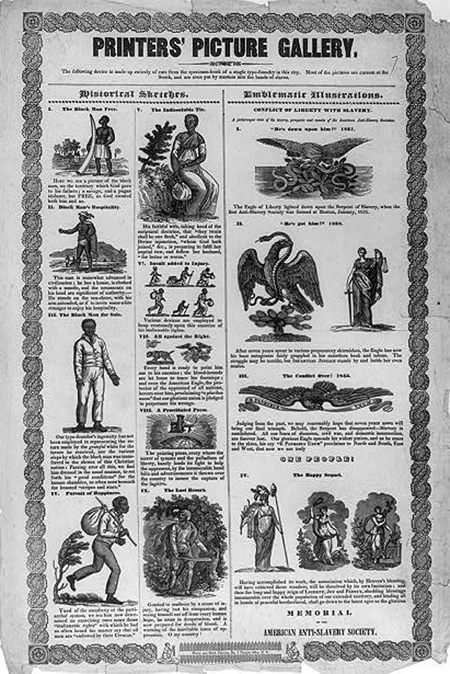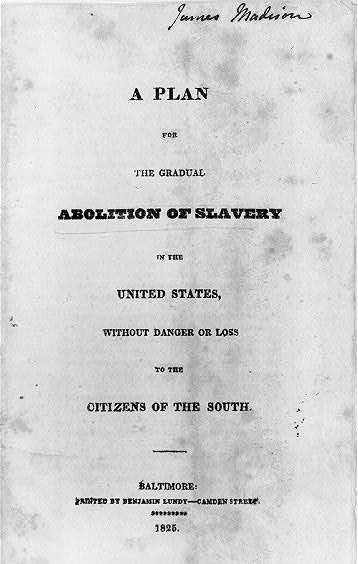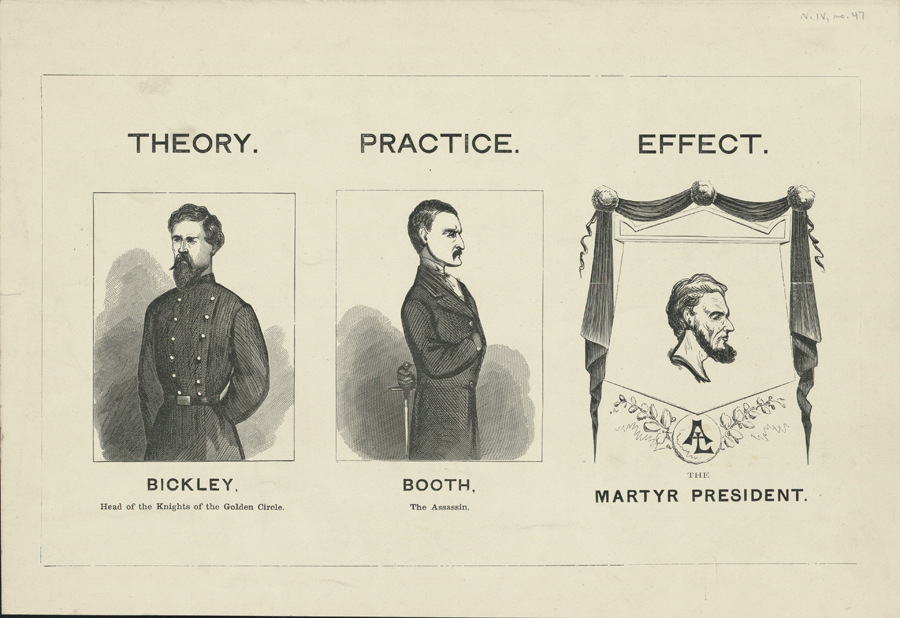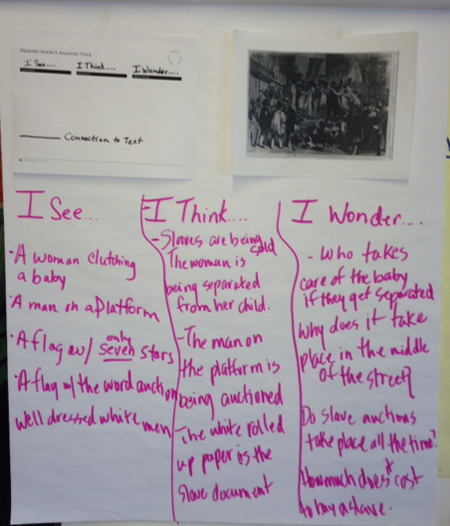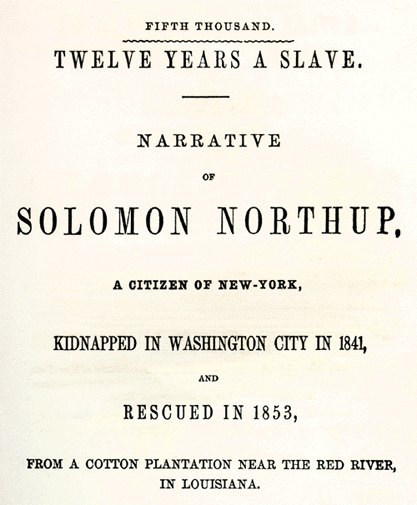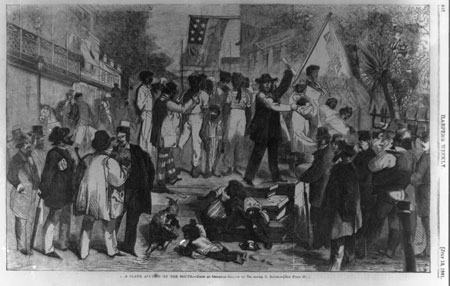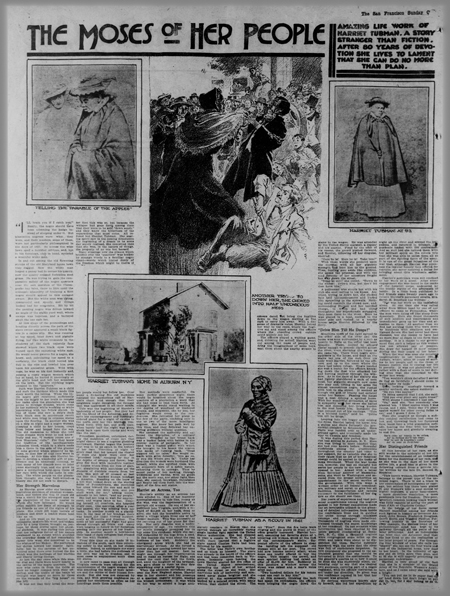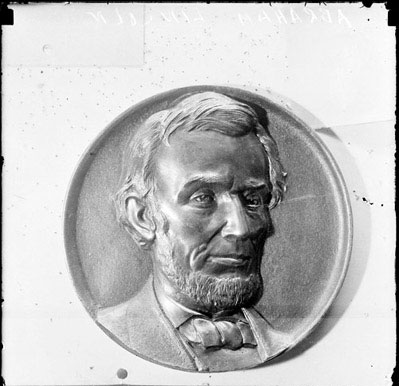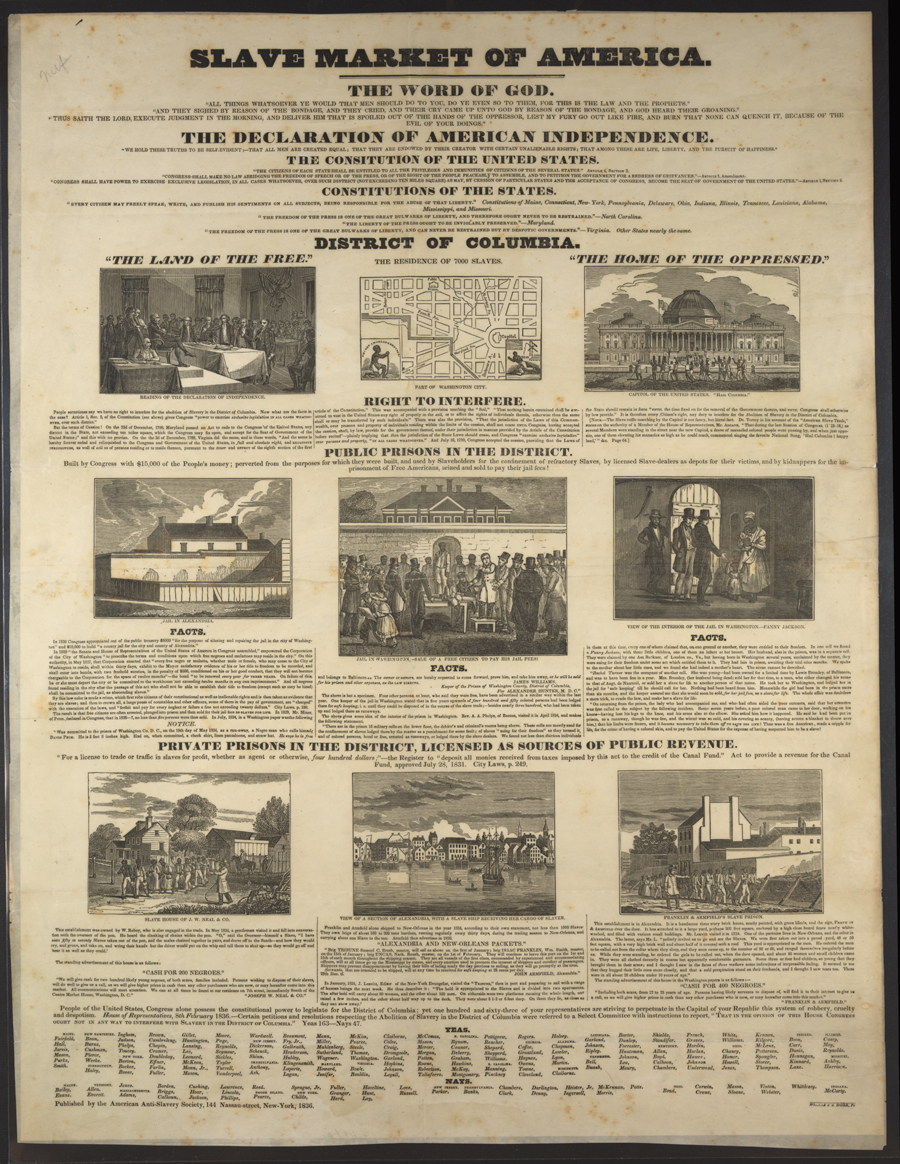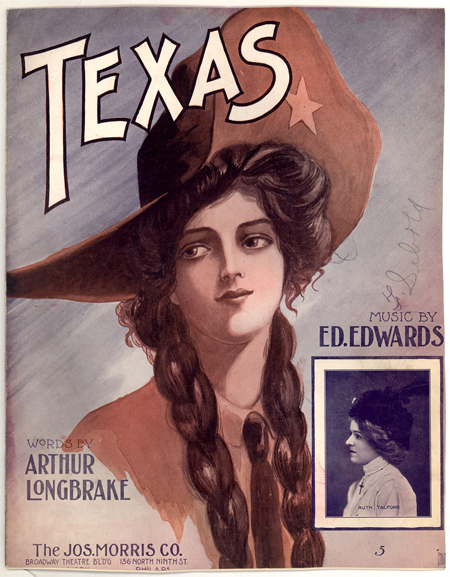Primary Source Learning: Slavery (U.S.)
Lesson plans & activities Collection Connections: Arts & Humanities, Critical Thinking & U.S. History teaching ideas Born in Slavery: Slave Narratives from the Federal Writers’ Project, 1936-1938 From Slavery to Freedom: The African-American Pamphlet Collection, 1822-1909 Slaves and the Courts, 1740-1860 Guided primary source analysis activities Afro-American Monument Slave market of America Synopsis of the…

